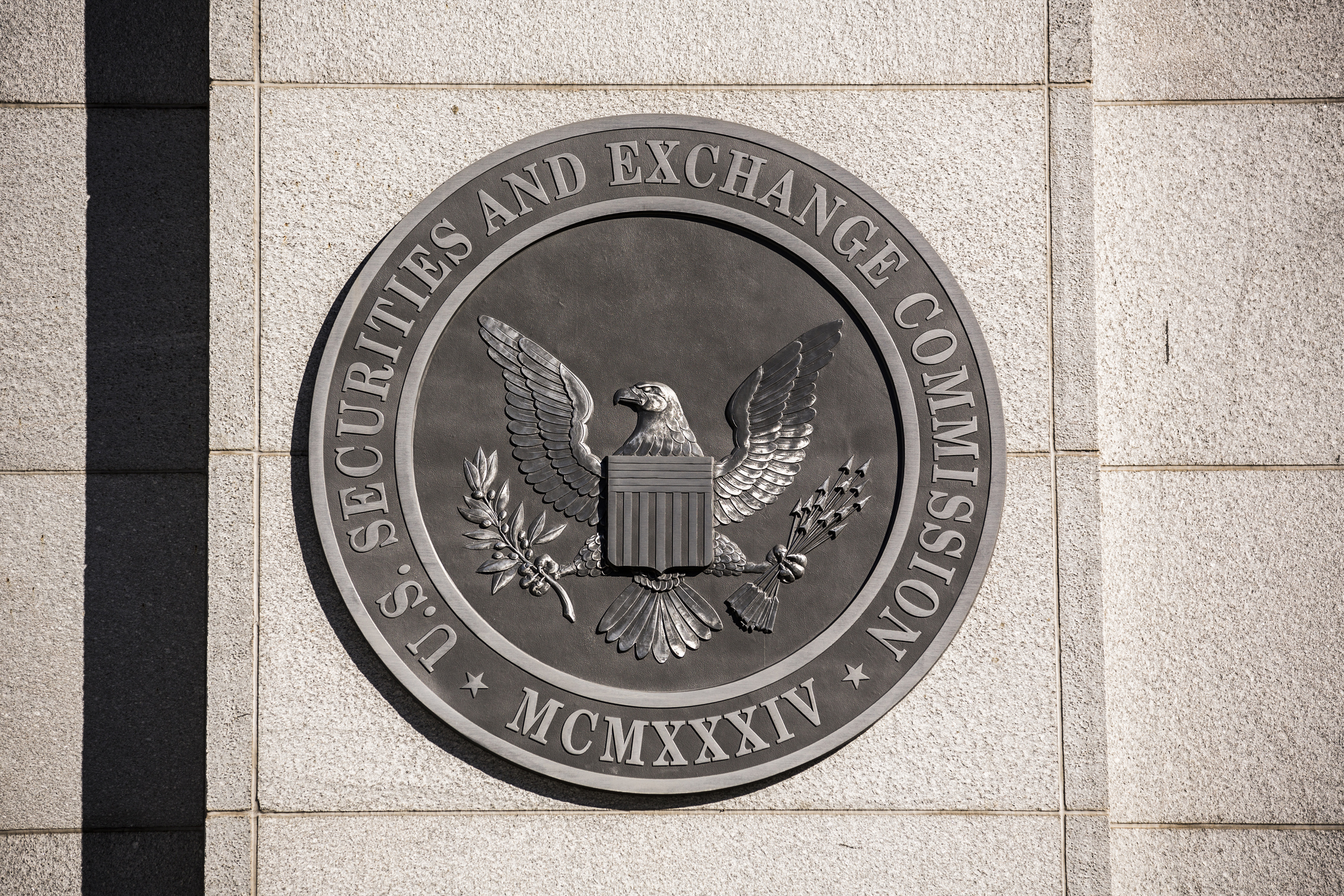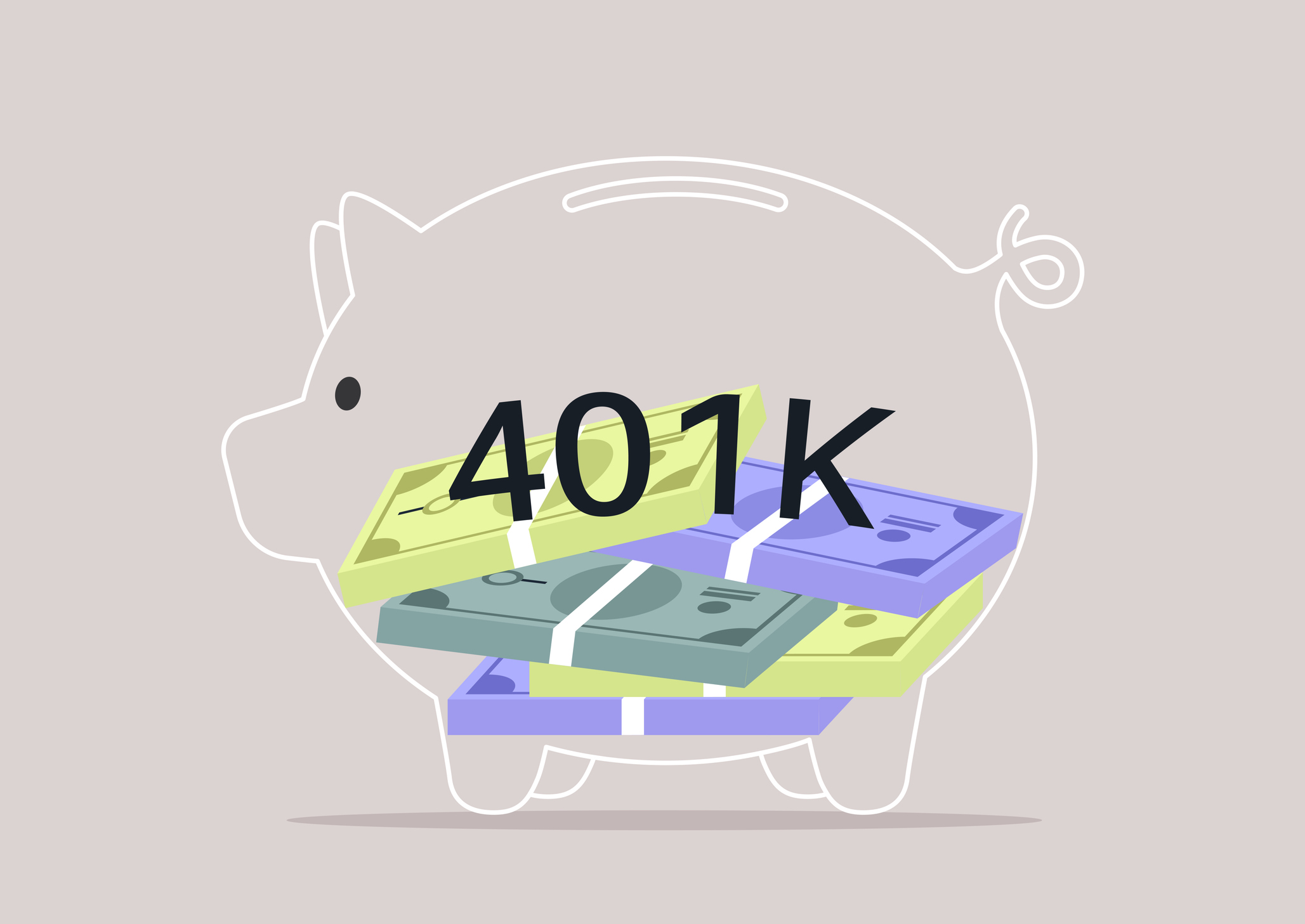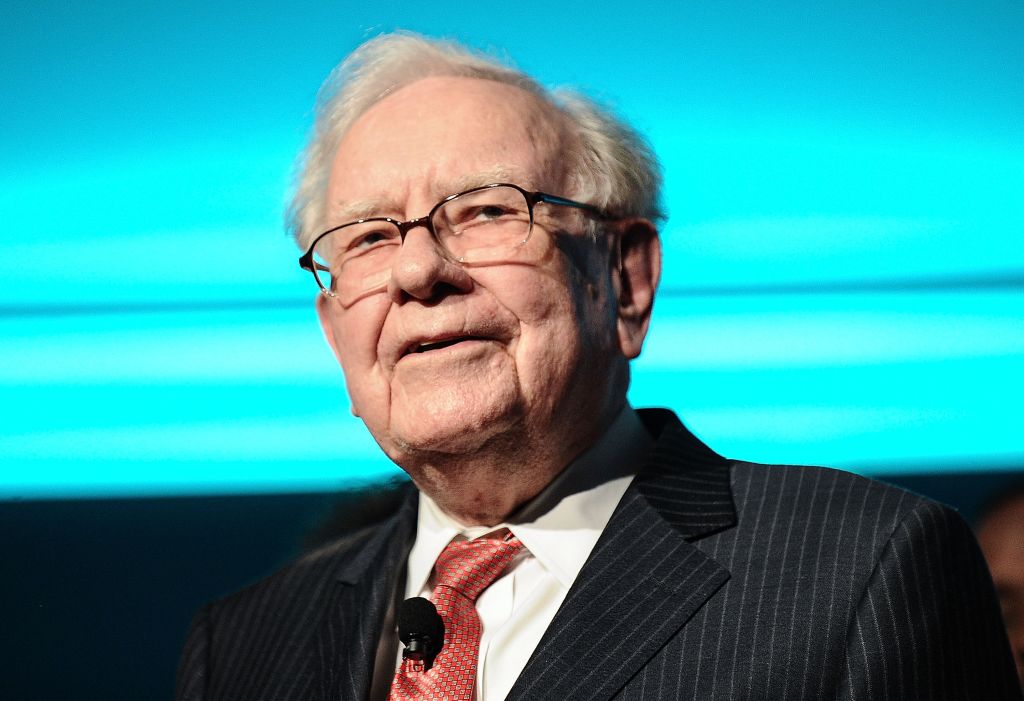Is It Time to Snap Up Shares of Snap?
The owner of the Snapchat messaging app went public in March. Here’s our post-IPO take on the stock.


No matter how much buzz an initial public offering generates, Kiplinger has a simple rule of thumb for investors: Wait at least 90 days before buying the stock. Why? Because three months allows enough time for the hype to die down and for the business picture to start coming into focus.
To be sure, there was plenty of hype surrounding the IPO of Snap (symbol SNAP), the company behind Snapchat, a popular smartphone messaging app. And yet, the answer to whether Snap will turn into the next Facebook (FB) is no clearer today than it was when we posed the question three months ago.
Wall Street is split on the stock's prospects. Although 11 analysts surveyed by Zacks rate Snap stock either a "Strong Buy" or a "Buy," another 11 call it a "Hold." Three rate shares at "Strong Sell." Average it all up and you get a firm "Hold" recommendation on shares, by Zacks' reckoning.
From just $107.88 $24.99 for Kiplinger Personal Finance
Become a smarter, better informed investor. Subscribe from just $107.88 $24.99, plus get up to 4 Special Issues

Sign up for Kiplinger’s Free Newsletters
Profit and prosper with the best of expert advice on investing, taxes, retirement, personal finance and more - straight to your e-mail.
Profit and prosper with the best of expert advice - straight to your e-mail.
Uncertainty about the future of Snap can also be seen in its stock price. The company went public on March 2 at $17 a share. At $21.34, the closing price on June 1, it's currently about 25% above the IPO price. However, most retail investors don't get the IPO price. Based on the closing price after its first day of trading of $24.48, Snap stock is actually down 13%. In other words, the Snap IPO hasn't been such a good deal so far for many of its earliest retail investors.
Fans want Snap to be the next Facebook, a fabulously successful company whose stock got off to a rocky start before becoming a market leader. The fear is that Snap will wind up being the next Twitter (TWTR), a social media company that has more in common with a first-round draft bust. Indeed, Twitter's prospects for growth are so uncertain that the company found no takers when it tried to sell itself in October.
And now investors are wringing their hands over Snap's growth prospects, too. The company's main product is its Snapchat app. For the uninitiated, the Snapchat mobile app integrates with a smartphone's camera and allows users to send and receive photos, videos and short messages. The messages, known as snaps, are designed to disappear within seconds of being viewed. This ephemeral nature of the app led to its early appeal. But the images don't always disappear. They can be preserved by taking a screenshot, and Snapchat has added features known as Stories and Memories, both of which allow users to store and share their snaps for longer periods.
Snapchat's user growth is a concern
Snapchat quickly caught on with a young demographic, including coveted 18- to 34-year-olds. Snap makes money by delivering advertising to this growing audience.
The trouble is that by one all-important measure, Snapchat's user growth is slowing. When Snap issued its first quarterly earnings report as a public company after the market closed on March 10, it revealed lower daily active user growth than analysts had anticipated. Shares sank on the news. Scott Devitt of Stifel, who rates the stock at "Hold," notes that Snapchat isn't expanding outside of the U.S. as much as investors expect, among other issues.
Chalk it up to the competition. Facebook is adding Snapchat-like features to its own photo-sharing and messaging apps, Instagram and WhatsApp. Sure enough, Snapchat's decline in daily active users syncs up with Facebook rolling out those features, says Paul Meeks, chief investment officer at Sloy, Dahl & Holst, a registered investment advisory firm. "Facebook's Instagram Stories has more daily active users than Snap. Who cares if they copied Snap? If you want to invest in this theme, buy more Facebook."
Stifel analysts still think Snap can be a winner if investors are willing to ride out some short-term bumpiness. But Tom Taulli, editor of the InvestorPlace IPO Playbook and author of the book "High-Profit IPO Strategies," says Snap's future looks increasingly dim.
"After the latest earnings, Snap looks more like Twitter than Facebook," says Taulli. "The user growth was uninspiring because of Facebook. Mark Zuckerberg & Co. are going all-in on wreaking havoc on Snap -- and it's working quite well."
Investors also need to know that the 180-day lockup period for Snap stock expires on August 29. At that point, insiders who have thus far been prohibited from selling their shares will be free to do so. A sudden stampede to cash out of the stock could put pressure on Snap's share price.
The bottom line is that analysts are pretty much split down the middle on Snap. Even the ones with bullish views urge patience. It might be too soon to write off this name, but investors needn't be in a rush to snap up shares of Snap.
Profit and prosper with the best of Kiplinger's advice on investing, taxes, retirement, personal finance and much more. Delivered daily. Enter your email in the box and click Sign Me Up.

Dan Burrows is Kiplinger's senior investing writer, having joined the publication full time in 2016.
A long-time financial journalist, Dan is a veteran of MarketWatch, CBS MoneyWatch, SmartMoney, InvestorPlace, DailyFinance and other tier 1 national publications. He has written for The Wall Street Journal, Bloomberg and Consumer Reports and his stories have appeared in the New York Daily News, the San Jose Mercury News and Investor's Business Daily, among many other outlets. As a senior writer at AOL's DailyFinance, Dan reported market news from the floor of the New York Stock Exchange.
Once upon a time – before his days as a financial reporter and assistant financial editor at legendary fashion trade paper Women's Wear Daily – Dan worked for Spy magazine, scribbled away at Time Inc. and contributed to Maxim magazine back when lad mags were a thing. He's also written for Esquire magazine's Dubious Achievements Awards.
In his current role at Kiplinger, Dan writes about markets and macroeconomics.
Dan holds a bachelor's degree from Oberlin College and a master's degree from Columbia University.
Disclosure: Dan does not trade individual stocks or securities. He is eternally long the U.S equity market, primarily through tax-advantaged accounts.
-
 'Humbug!' Say Consumers, Despite Hot GDP: Stock Market Today
'Humbug!' Say Consumers, Despite Hot GDP: Stock Market Today"The stock market is not the economy," they say, but both things are up. Yet one survey says people are still feeling down in the middle of this complex season.
-
 The SEC Is Concerned for Older Investors and Retirement Savers. Here's What You Should Know
The SEC Is Concerned for Older Investors and Retirement Savers. Here's What You Should KnowThe SEC focusing on older investors, retirement and college savers, and private securities. Here's how those changes impact you.
-
 Vesting, Catch-Ups and Roths: The 401(k) Knowledge Quiz
Vesting, Catch-Ups and Roths: The 401(k) Knowledge QuizQuiz Test your understanding of key 401(k) concepts with our quick quiz.
-
 If You'd Put $1,000 Into Coca-Cola Stock 20 Years Ago, Here's What You'd Have Today
If You'd Put $1,000 Into Coca-Cola Stock 20 Years Ago, Here's What You'd Have TodayEven with its reliable dividend growth and generous stock buybacks, Coca-Cola has underperformed the broad market in the long term.
-
 If You Put $1,000 into Qualcomm Stock 20 Years Ago, Here's What You Would Have Today
If You Put $1,000 into Qualcomm Stock 20 Years Ago, Here's What You Would Have TodayQualcomm stock has been a big disappointment for truly long-term investors.
-
 If You'd Put $1,000 Into Home Depot Stock 20 Years Ago, Here's What You'd Have Today
If You'd Put $1,000 Into Home Depot Stock 20 Years Ago, Here's What You'd Have TodayHome Depot stock has been a buy-and-hold banger for truly long-term investors.
-
 If You'd Put $1,000 Into Bank of America Stock 20 Years Ago, Here's What You'd Have Today
If You'd Put $1,000 Into Bank of America Stock 20 Years Ago, Here's What You'd Have TodayBank of America stock has been a massive buy-and-hold bust.
-

 If You'd Put $1,000 Into Oracle Stock 20 Years Ago, Here's What You'd Have Today
If You'd Put $1,000 Into Oracle Stock 20 Years Ago, Here's What You'd Have TodayORCL Oracle stock has been an outstanding buy-and-hold bet for decades.
-
 If You'd Put $1,000 Into Sherwin-Williams Stock 20 Years Ago, Here's What You'd Have Today
If You'd Put $1,000 Into Sherwin-Williams Stock 20 Years Ago, Here's What You'd Have TodaySherwin-Williams stock has clobbered the broader market by a wide margin for a long time.
-
 If You'd Put $1,000 Into UnitedHealth Group Stock 20 Years Ago, Here's What You'd Have Today
If You'd Put $1,000 Into UnitedHealth Group Stock 20 Years Ago, Here's What You'd Have TodayUNH stock was a massive market beater for ages — until it wasn't.
-
 If You'd Put $1,000 Into Berkshire Hathaway Stock 20 Years Ago, Here's What You'd Have Today
If You'd Put $1,000 Into Berkshire Hathaway Stock 20 Years Ago, Here's What You'd Have TodayBerkshire Hathaway is a long-time market beater, but the easy money in BRK.B has already been made.